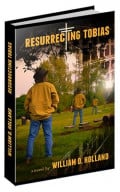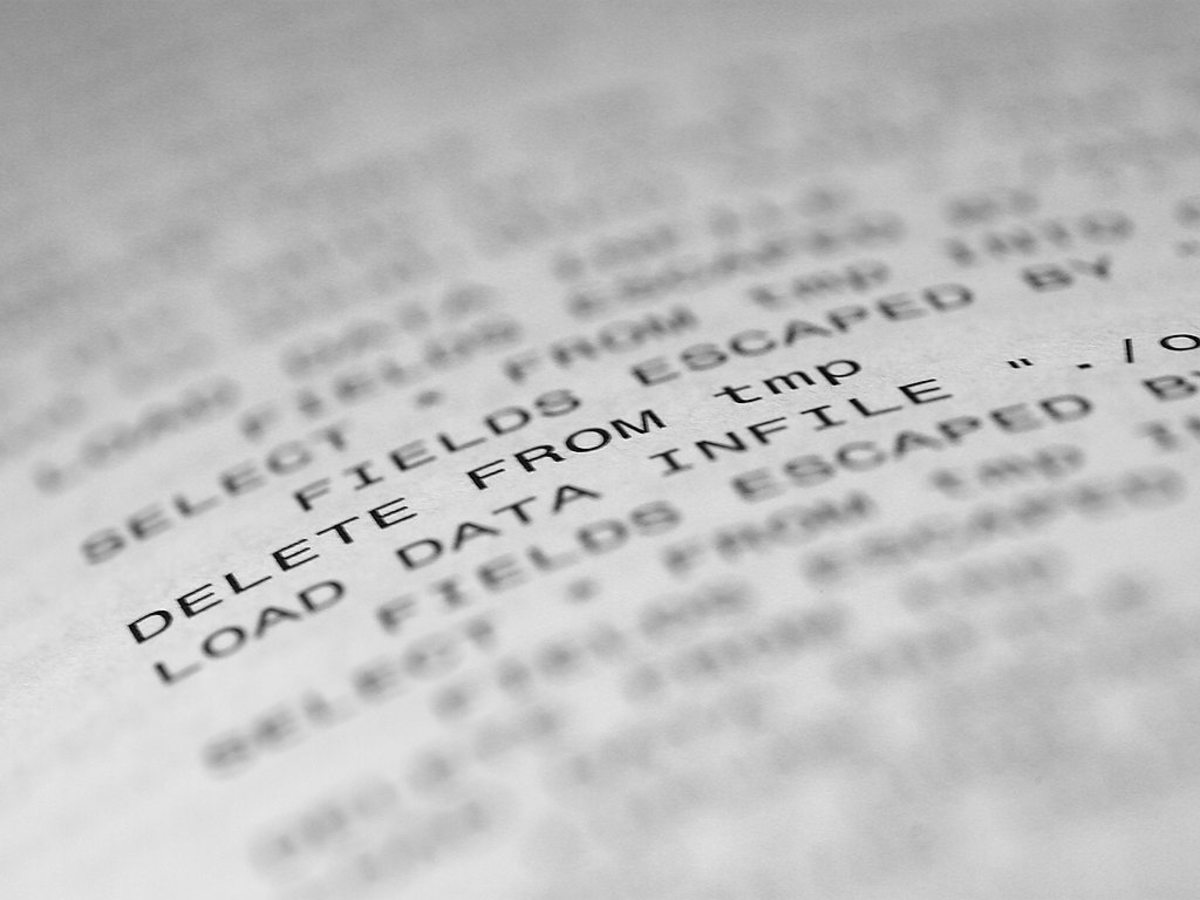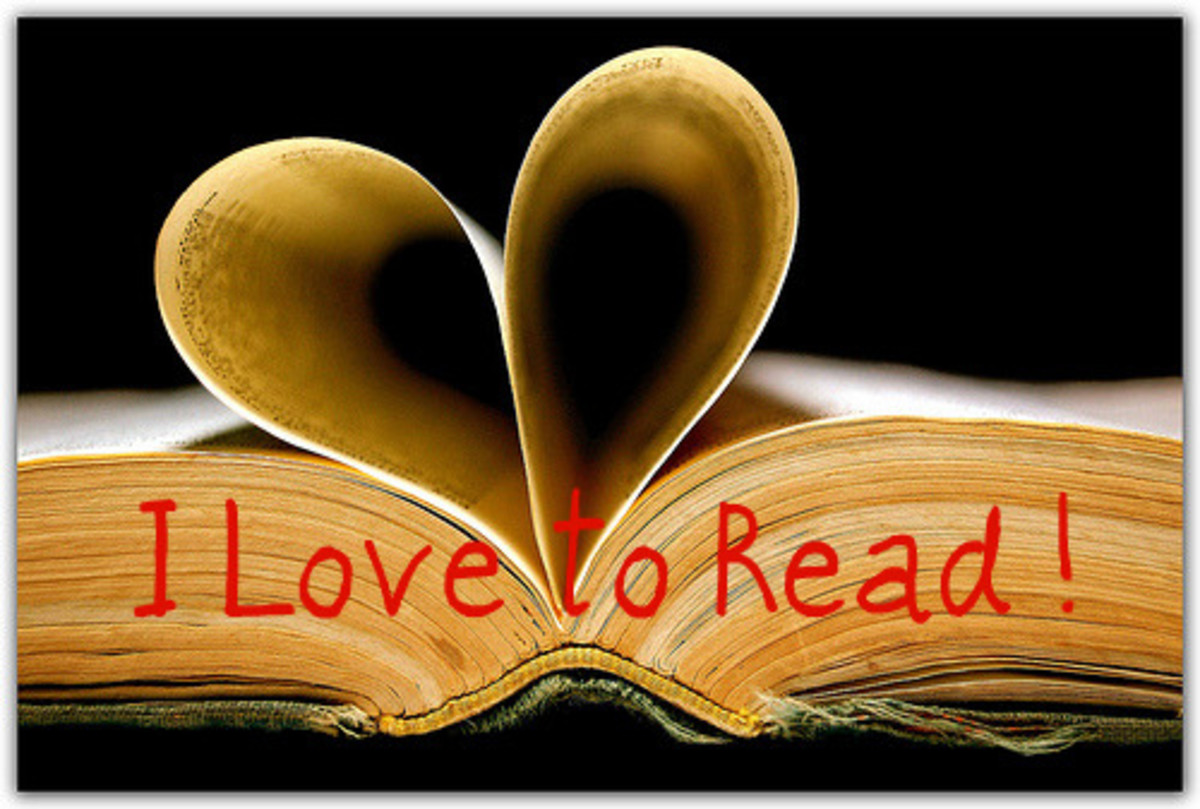Self Publishing in the eBook Age
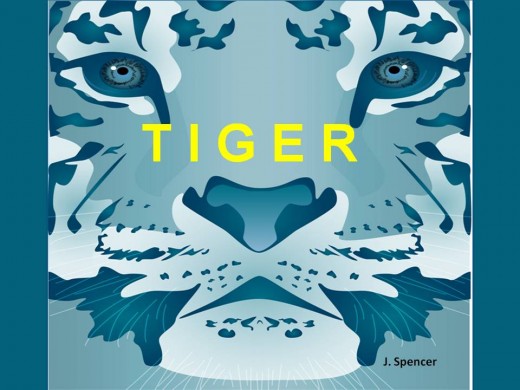
DEALING WITH REJECTION IN THE EBOOK AGE
If you've ever gotten a rejection letter from an agent or publisher, join the crowd. You'll be in good company!
Join the crowd.
William Golding's Lord of the Flies was rejected as "rubbish." Irving Stone's Lust for Life was derided as "a long, dull novel about an artist." George Orwell's Animal Farm was refused by one publisher because "It is impossible to sell animal stories in the USA." In response to his novel Carrie, Stephen King was told, "We are not interested in science fiction which deals with negative utopias. They do not sell." And the list goes on. Entire books have been devoted to author rejections!
Words of Encouragement

GETTING REJECTED BY AN AGENT OR A PUBLISHER
Rejection can happen to any writer.
Thinking what I'm thinking? Exactly! Agents and publishers are fallible beings. Sometimes they just don't see the value in stories that are truly remarkable. They accept and reject wonderful manuscripts for a variety of reasons, from their own personal tastes to prevailing trends in publishing. And many times their pronouncements about a work's marketability and literary value are wrong, wrong, wrong.
What if it happens to you?
If you want to write for publication, it's important to remember that rejections do not necessarily mean your work is poor, and (at least in most cases) rejections are not personal attacks. After all, you're not the book!
You could revise and try, try again.
Although rejections may encourage you to revise, they should not make you give up. If some really wonderful authors, from Beatrix Potter to John le Carré, had taken the pronouncements of agents and publishers as gospel, the world would never have had the pleasure of following the adventures of characters like Peter Rabbit and George Smiley. And that would be a shame.
So what can you do if an agent or publisher rejects your manuscript? If your rejection letter offers advice on ways that you could make your work more publishable, you could revise and resubmit your manuscript. Alternatively, you could start your search for an agent or a publisher all over again without revising.
Even if you receive a form-letter rejection that offers no helpful commentary, however, you may choose to revise. Is your story really the best that it could be? Take a look at it with fresh eyes. You may be dissatisfied with what you've written.
Or, you may find your previous suspicions confirmed: your work is good. You are ready for publication--no matter what an agent or a publisher says.
My Nook eBook Cover
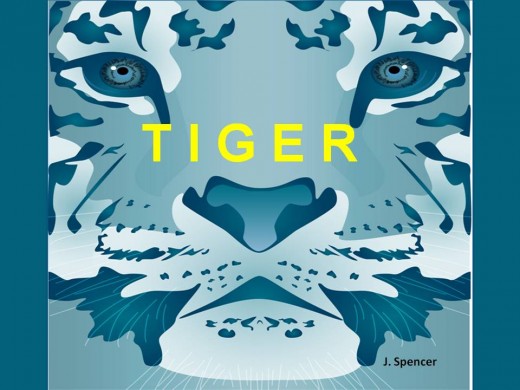

EXCERPT FROM TIGER
Chapter One
“Why you always got to be drawing on yourself!” Mama said. She licked her finger, tried to rub the marks off my left hand. “It’s gonna take soap and water to get that off—maybe a scrub brush.”
She set my after-school snack, a box of Nilla wafers and a glass of milk, on the kitchen table in front of me with a bang. “Difficult child.” Her smiled softened the sharp words.
“That won’t get it off either,” I told her proudly. “It’s in-doo-la-bull.”
“In-dell-a-bull maybe,” she said. “Let me see.”
I handed her the black-capped Sharpie and pulled up my sleeve, revealing the leaping tiger I had drawn there.
Mama gasped. “Tigers, tigers, tigers—nothing but tigers!” Her voice was still sharp, but her smile had grown wider, and I knew what she was thinking: “The boy can draw!”
“It’s got to wear off.” I took the marker back from her. “Mr. Michael gave it me.”
“He did, did he?” She poured out a cup of hot peppermint tea, her after-work snack, and took a cookie from the box. “I’ll have to be sure and thank him next time I see him.”
Mr. Michael lived on the same floor of the apartment building as we did. He was a tall, thin man in his early twenties, and I considered him my friend. He was always polite to Mama, speaking to her in the hallway and passing the time of day, but something about the way he ducked his head and shuffled his feet when they talked made me think he was a little afraid of her too. With her height (she was as tall as he was) and her sharp tongue, Mama could be intimidating.
“No-no,” I said quickly. “See?” I turned the cookie box onto its side and outlined a tiger jumping from the small “a” in “Nilla” onto the dessert below. “It draws real good.”
Mama got up, brought the teapot from the counter to the table and sat down again. “It sure do.” Something in her tone made me look up. She was staring at my arm, a smile still playing around her lips.
“Yep,” she said, “that is one fine looking tiger.” She spooned sugar into her cup. “Too bad it’s not on a piece of that sketch paper I got you. Cause if it was, I could take it to work, hang it up.” She looked sideways at me. “And then all the other ladies at First National Bank would be jealous. Especially old Mrs. Jones.”
I grinned in anticipation of what was coming next: one of Mama’s crazy impersonations. “What’d she say, Mama?” I said, laughing behind my hand.
Mama had unclipped her bangs and reattached them so that they stuck up at the top of her head. Like the real-life Mrs. Jones, who I had seen at the bank’s Christmas party, Mama’s eyes bulged and her lips were pursed up tight. She looked like a startled turkey.
“What ol’ Mizz Jones say?”
“She’d say....” Mama paused as she stuffed several towels down the back of her pants and then resumed her turkey-like stance. “She’d say, ‘Oh my goodness gracious me, Mizz Mann.’” Her voice was high, quivery and very Southern.
“I sure enough do wish MY good-fer-nothing, lowdown, sorry excuse of a dirt bag son was an air-teest like your’n. Why, your son must be the sweetest, best-est, most considerate-est....”
“Alright, alright!” I shouted. Mizz Turkey Jones had strutted up behind me, and was hugging me and pinching me on the cheek. “I’ll draw you a tiger! I will!”
“Where?’”
“On sketch paper!”
“And will you sign it too, Mr. Fine Air-teest?” She kissed my ear with a smack.
“Maybe,” I said. “If you’re good.”
PUBIT! & BE DAMNED
I've been rejected, too.
Like just about every writer, I too have experienced rejection--numerous times. Most recently I received a rejection email from an agent in response to my urban fantasy for children 9-12 called Tiger.
Tiger is loosely based on the Japanese fairytale "The Boy Who Drew Cats" and is told from the point of view of Darnell Mann, a young African-American artist who has difficulty controlling his creative impulses. Like the fairytale's protagonist, Darnell's urge to draw often gets him into trouble--and it eventually saves his life.
Although she was quite polite about it, the agent criticized the one aspect of Tiger that I really thought I'd nailed--a strong narrative voice. She simply did not "connect" with my protagonist "enough to pursue this project further." Fair enough, I thought, and read the story again. My conclusions? Tiger does have an engaging narrative voice. And although that particular agent didn't feel a strong connection to Darnell, I thought that other readers would. For about a week, I considered how I should proceed, weighing my options carefully.
Postal workers, Hummer salesmen & literary agents
I first considered shopping Tiger to other agents for children's authors. That, of course, would take time--and it wouldn't be fun. If you've ever read through Writer's Market or visited the websites of agents and publishers, like me you've probably been struck by how few truly seem to want authors to contact them. Their submission guidelines are often filled with don'ts. Don't send more than 10 pages, three chapters, a short description. Don't send a follow-up letter or email. Don't call us about your submission. Don't contact us if you haven't heard a response in five weeks, three months, five months--ever! We don't have time to respond to every query; we receive lots of submissions; we're busy. In effect, DON'T BOTHER US!
It's enough to make authors think that some agents and publishers don't want to read work at all! And that amazes me. Like postal employees and Hummer salesmen, shouldn't agents and publishers be a little friendlier these days? After all, it is the age of the eBook. Self-publishing today is quick and easy. And unlike old-fashioned vanity press publishing, it doesn't have to cost the author a single penny. That's why, after much debating with myself, I opted to self publish Tiger using Barnes & Noble's PubIt! service.
PUBIT! & BE DAMNED?
The Pros & Cons of Self Publishing an eBook
I didn't make the decision to self publish lightly, realizing that although it has at least three great advantages for authors, it also has one giant drawback.
PubIt! gives authors (almost) instant gratification.
The ease and speed of PubIt! publishing are among its greatest attractions. Creating a PubIt! account only takes minutes. Once you've done that, you can upload your "title," that is, your manuscript; write a blurb about the book and about yourself, the author; and add tags that will place your eBook in search categories on the Barnes & Noble website. Uploading a cover is optional but recommended.
If, like me, you're not a web expert and have no special conversion software, you'll upload the Microsoft Word file that contains your book and allow PubIt! to do the conversion for you. Unfortunately, this is a tricky business. My greatest problem with converting Tiger was the appearance of odd spacing and blank pages, despite the fact that I had added no extra spaces in my Word document. When I finally, after much tinkering, got the spacing right (according to the previewer on PubIt!) I published. Unfortunately, Tiger didn't look the same on an actual Nook as it did in the previewer, so I unpublished it, tinkered some more and republished. It's still not quite the way I'd like it to be visually. As an author, I want my eBook to be absolutely perfect! As a daily reader of books on Nook, however, I'm used to blank pages and spacing errors, and they don't bother me at all--so long as the story is good.
Since writing Tiger, I've written two short stories and am working on a novella. If I opt to epublish them, I may spend the $40 or so it takes to buy ebook conversion software. Another option would be to pay a company to do the conversion for me.
You won't have to spend a lot--or even anything.
To me, the best thing about publishing an eBook with PubIt! is that you can do it at no cost. Acquiring a PubIt! account is free. Uploading and converting your manuscript? That's free too. And although I opted to buy royalty-free artwork for my cover, you could create your own--or publish without a cover.
Despite the quickness, the easiness and the inexpensiveness of eBook self publishing, it has one enormous drawback.
You could have a library of your own, literally.
When American nature writer, activist and famed Transcendentalist Henry David Thoreau couldn't find a publisher for his A Week on the Concord and Merrimack Rivers, he chose to self publish. Few copies sold, and Thoreau later joked that he had a large library--comprised mostly of his own books!
Just as in Thoreau's day, the major drawback to self publishing is marketing, even if you publish an eBook. How do you find an audience? How do you keep from getting lost in the crowd of other eBooks that are available, not only through Barnes & Noble but also through Amazon? Even if you create an eye-catching, professional-looking cover, even if you assiduously advertise your book through online classified ads, social networking sites, and other online tools, you could conceivably be damning yourself to publish a book that no one (other than yourself) ever reads. Self-published authors simply don't have the marketing power of a professional publishing house.
Nevertheless, a few self-published eBooks have managed to become popular favorites, garnering their authors both money and fame. Is it worth the risk? That's something every writer must decide for herself. For me, at least once, it was. And if, like Emily Dickinson's poetry--rolled up, tied with ribbons and stuffed into drawers--Tiger should be lost for years and years (or maybe forever) without an audience ... well, strangely enough, that's okay. I enjoyed writing it. I'm a writer. I like to write.
Discover More About eBook Publishing
- Boyd Morrison: My Publishing Journey from eBooks to pBooks
Twenty-five publishers turned down my thriller novel, The Ark. If you're not familiar with New York publishing, that's everybody. - eBook Software Generator (eBookGold e-book publisher)
- Dreamstime.com
A great source for inexpensive royalty-free images.


